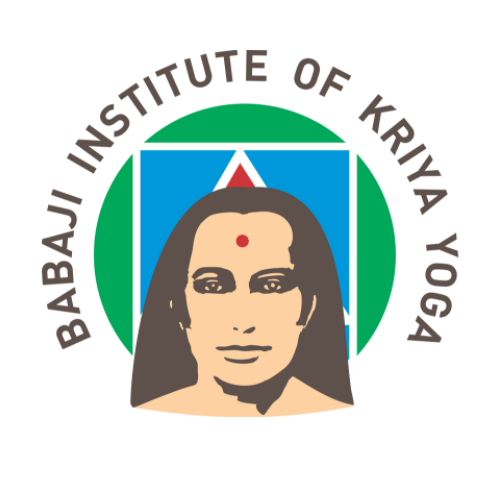What is Tirumandirum?
The Tirumantiram is a mystical book. The Tirumandiram has been reckoned as the tenth of the 12 Tirumurais of Saivism. It has been divided into nine sections called Tantras, containing the quintessence of the Saiva Agamas. Sekkizhar, the author of Periyapuranam, designated this Tamil classic as "Tamizh Moovaayiram" since it possesses 3000 poems each of which has a unique metrical structure,
each line consisting of 11 or 12 syllables, depending upon the initial syllable. It is the earliest exposition of Saiva Agamas in Tamil, discussing in detail the four related steps of spiritual
progress viz., Carya, Kriya, Yoga, and Jnana The original text is written in metered verse, composed in the ancient Tamil language. Saint Tirumular is the first one to codify Saiva Siddhanta, the final conclusions, and the first one to use the term "Saiva Siddhanta." It is a document upon which the entire religion could stand if it had to. It is one of the oldest scriptures known to man.
What is Sri Atman going to teach about this ancient text?
Sri Atman will highlight connections between Patanjali Yoga Sutras & Tirumandirum. The third section of the text is an elaborate exposition of eight-limbed Yoga. Since Tirumoolar claims in the prefatory portion that Patanjali (devotee of Nataraja) was his colleague, it is quite reasonable to suggest that he has been inspired by his Yoga Sutra. The ethical preparations, embodying the avoidance of vices and adoption of virtues, technically known as "Yama" and "Niyama" are presented with additional details, not found in the
Sanskrit text of Patanjali. Similarly particulars of "Asanas", the physical postures, and "Pranayama" i.e., the breathing exercises, "Pratyahara" i.e., withdrawal of senses from going astray, "Dharana" i.e., fixing the mind on the point, "Dhyana," meditation and "Samadhi", or absorption are adequately expounded. He has also delineated the attainment of supernatural powers, as a result of
practicing Yoga. It is his firm conviction that the practice of Yoga should culminate in the realization of the oneness of Atman and Brahman. He calls this method as Sivayoga. Meditation and guidance are required to understand the Tirumantiram because one must know occultism and scripture to grasp the meaning. It is composed in rhyme and cloaked in code-when the Five become Six and the Seven become Twelve and so on, all talking about the petals of the chakras and the esoteric bodies of man or the material world components known as tattvas. For these tantras, Sri Atman will guide us to decipher the deeper meaning of verses about the kundalini and other mystical subjects. Like all mystical writings, one can only understand this scripture by close study with a teacher. Why? Mystics are cautious, and protective of their special knowledge, so it does not get into the wrong hands. They thus present their work minus a few important keys that the preceptor or Sat Guru must fill in for the disciple who has proven himself worthy. Thus, many mantras or yantras spoken of in this or other texts are correct as far as they go, but usually leave out a necessary key which makes them work. That does not mean they are useless. It does imply the fullest use cannot be realized by merely reading or studying from the books. We require a living breathing guide who embodies them.
Who is the guru of Thirumoolar?
Thirumoolar, in praise of his guru Nandi Nathar, acquired a light body and an immortal, deathless state as he has written in Tirumandiram: “By the grace of Nandi, I sought and became one with the Truth-Consciousness. Tirumoolar, the author of the text, has been hailed as one of the 63 Nayanmars. He was a great mystic and Yogi. For a very long period he was absorbed in meditation and
contemplation beneath the shade of a Bodhi tree at Tiruvavaduthurai and delivered the poems which are collectively called the Tirumandiram i.e. the divine incantations. Historically, the author belonged to 500 A.D., long before the period of the Thevaram trio. Tirumoolar is said to have founded of the Tamil Siddha system. He describes the ways and means of attaining an immortal body, called "Kayasiddhi". Unlike the homogeneous and heterogeneous systems of Indian philosophy which emphasized the ephemerality of the physical body, the Siddha system of Tirumoolar advocated a fresh theory of preserving the body so that the soul would continue its existence (Udambai valarthen uyir valarthenae). Tirumoolar was a moral philosopher. In a separate section, he teaches the ethics of ahimsa, abstinence from slaughtering, meat-eating, and drinking. He condemns coveting another man's wife. Like the crow inviting its group to partake the food, people should be liberal in exercising charity, without any discrimination.
He declares that "love is God". He proclaims the unity of mankind and God. He stresses on the acquisition of knowledge through learning and listening. The final section of the Tirumandiram is named "Sunya Sambhashana", meaning esoteric dialogue. The poems are full of metaphorical sayings communicating mystical and speculative thoughts. One illustration is enough: "There are five cows (Indriyas) in the house of Paarppaan (Paar-to see; seer i.e. body of man) which wander everywhere without a cowherd (preceptor). If they were controlled by him and their thirst quenched, then they would spill out all milk (bliss)."

